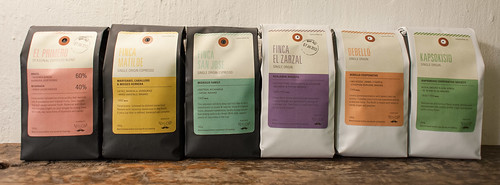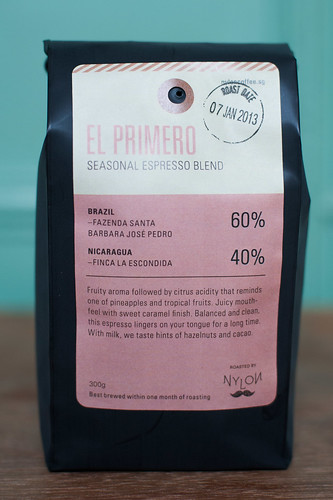Revising our Seasonal Espresso blend
Nylon Coffee Roasters
The latest revision to our current seasonal espresso blend comprising of 3 different lots of coffee from 2 different farms.
- 50% Fazenda Ambiental Fortaleza (Brazil)
- 30% Finca El Zarzal, Loma Alta (El Salvador)
- 20% Finca El Zarzal, Maravillas (El Salvador)
With the new harvest of Brazils arriving in January, we are pleased to re-introduce our direct trade coffees from Fazenda Ambiental Fortaleza - into our 2nd year working with these awesome guys. Making up the remaining of the blend are 2 micro-lots of coffee from Finca El Zarzal of El Salvador, which we visited on our recent trip to Central America. This blend is 100% sourced directly from our partner farms.
In this cup, expect hints of raisins, cherries and caramel. Red fruit acidity is prominent on first sip but is nicely balanced with a medium body, ending off in a syrupy cup with a long sweet finish. This should be a crowd pleaser. Grab a bag and let us know what you think!
Photo credit: Andrew Hoi





